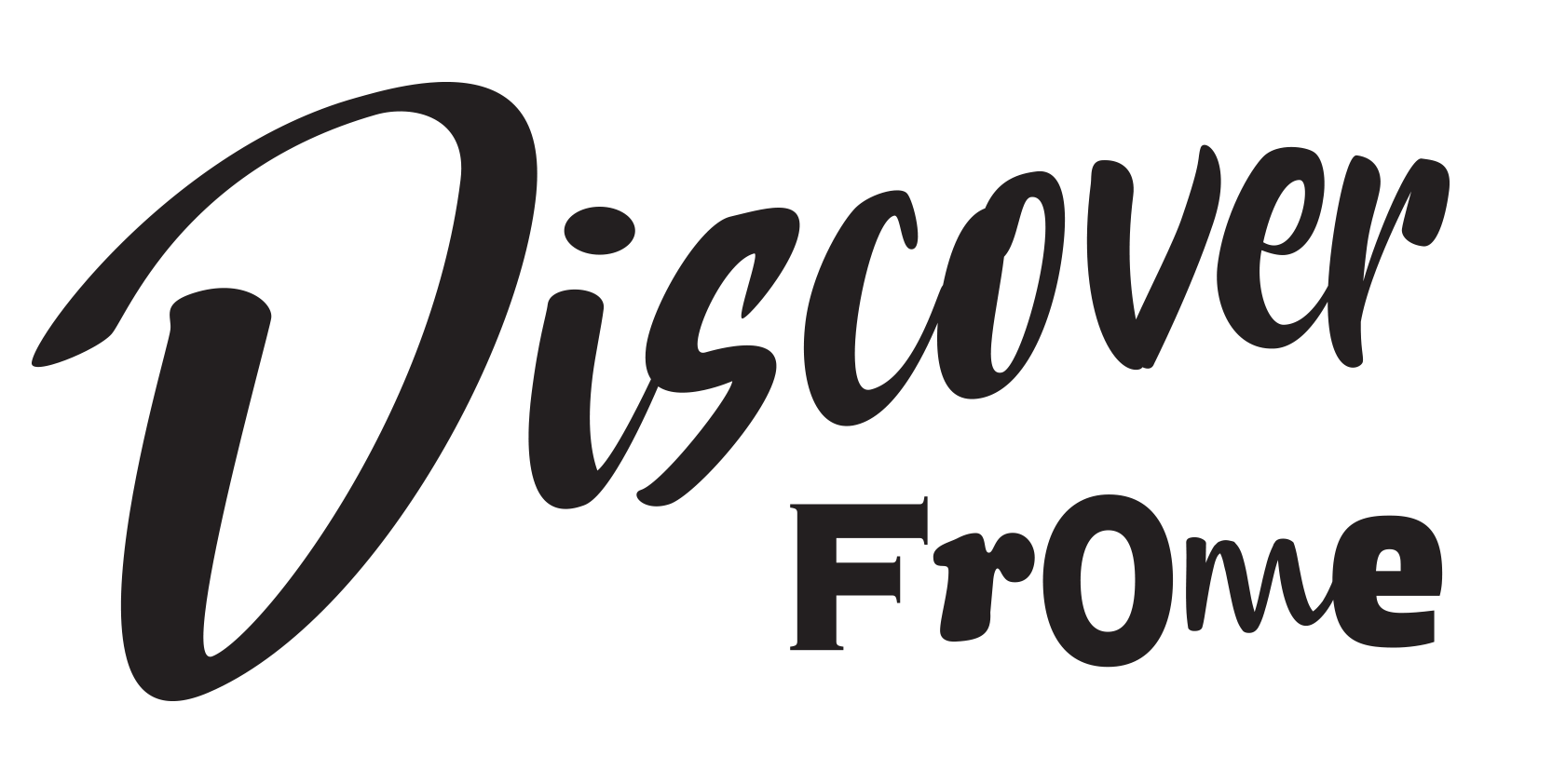
- This event has passed.
Sam Nias, Draw/Explore -Exhibition
13th Jun 2017 @ 09:00 - 2nd Jul 2017 @ 17:00
Event Navigation
Day to day, most of us encounter the screen-printed aesthetic via tote bags for record shops or posters advertising music festivals. It has the sort of ‘look’ that finds itself at home in the hipster outposts of Brixton or Shoreditch: neither fully manual, nor fully industrial, the perfect aesthetic for the urban artisan. Once – well, since about 1440 to about 1990 – print was among the ultimate expressions of technological progress (see the recent American Dream Exhibition at the British Museum). Now, it is charged with the romance of a bygone, pre-digital age. As a result, contemporary artists working in this medium must avoid kitsch and surprise the viewer. One Frome-based artist undertaking this ambitious task is Sam Nias, whose show of four-colour screen prints, entitled Draw/Explore, is in its final fortnight.
Kobi and Teal, a shop, gallery and studio, is stocked with objects that display a subtle symbiosis of crafted and mechanical processes, so I was well-conditioned, crossing the airy shop floor to the gallery space, for the similar themes I would encounter in Nias’ work.
The prints, all large and roughly the same size, are displayed uniformly at eye-level, each enclosed within matching thin, natural wooden frames and wide, white borders of mounting board. The neutral tones and layout of the display rightfully allow the prints themselves to dominate the viewer’s attention. They are contextualised by a single biographic label in the doorway, but otherwise the space is refreshingly text-free.
Various random visual associations sprang to my mind upon perusing the prints: Rubik’s cubes, ink-blot tests, Liquorice All-Sorts, early computer games. Though abstract, they are like glancing impressions of a nineties’ childhood, skilfully mediated by advanced artisanal training and a subtler interest in the workings of light and colour. This sense of a thematic exploration of memory is augmented by the way in which all the prints’ subjects appear to fade in and out of dark, near-black backgrounds. From there they refract and fragment into intersecting lines and geometric tessellations of colour, ranging from acid yellow, to coral, to ultramarine blue; line gives way to form, which fades to black. What is more, the medium gives the surface a consistently mottled texture, so that nothing quite resolves, everything seems filtered through gauze.
This abstracted complexity, this lack of a place to start or finish, speaks to the ancient geometric aesthetic designed to prepare the mind for prayer. It can be found on the carpet pages of the Lindisfarne Gospels and Islamic prayer mats. Likewise, Nias’ work appeared to invite contemplation, not simply of the work itself, but of the aesthetic realms of memory. Far from kitsch, it plays knowingly with the retrograde overtones of print to create an experience that has the paradoxical tone of a timeless chronicle in ink. You have until the 2nd of July to see this exhibition, I strongly encourage you to go.
Details
- Start:
- 13th Jun 2017 @ 09:00
- End:
- 2nd Jul 2017 @ 17:00
- Event Categories:
- Arts, Exhibition
Event Navigation
Get In Touch
Christchurch Street West
Frome BA11 1EB
Discover Frome Information Point
Frome Library
Justice Lane Frome BA11 1BE
Frome Town Hall
Christchurch Street West Frome
Somerset
BA11 1EB
01373 465757


